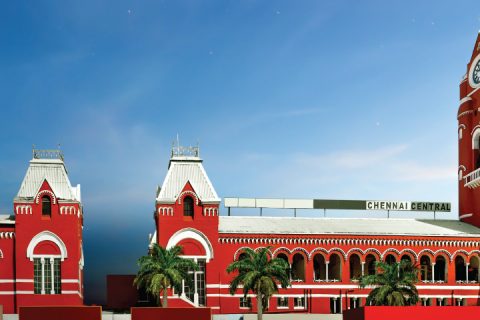With lockdowns and curtailed movement being the order of the day, integrated townships are becoming increasingly popular among home seekers. These self-sustaining townships provide a controlled environment that makes a big difference during such an outbreak.
Usually spread over large areas, integrated townships are mixed developments that offer a highly controlled, all-inclusive lifestyle. “Shopping, eating out, offices, schools, hospitals, and other key businesses are all available. Another format is the residential-only township which is self-sustained in terms of all basic amenities for daily living. Such townships, which are now extremely popular, offer a variety of housing options from apartments, villas, independent floors and in some cases, even plots,” says Akash Pharande, Managing Director – Pharande Spaces.
Adding further, Manju Yagnik, Vice Chairperson, Nahar Group and Senior Vice President, NAREDCO, Maharashtra, says, “Projects offering spacious living, good social infrastructure, and access to arterial roads, highways, metros, and freeways for a quick getaway are buyers’ choices today.”
Understanding the benefits
Integrated townships provide robust infrastructure with an array of recreational facilities like kids’ parks, jogging trails, gardens, and podiums. These new-age projects are equipped with every kind of facility; residents can find shops, temples, schools, medical centres without even stepping out from the complex.
“From recreational to commercial, and residential to retail, the townships are well-planned, considering the needs of the residents. The infrastructure impetus at these townships is attracting not only wholesome Indian families but also millennials, resulting in increased demand for township living,” says Manju.
Along with these features, there are many other benefits of living in these projects. These include:
- Improved and developed social and civic infrastructure
- Proximity to employment hubs provides a good work-life balance
- Better ROI
- Round-the-clock security
Increased interest but low supply
The customer base for integrated townships has grown tremendously as these large townships provide autonomous ecosystems with the added benefits of safety, recreation, and community living.
However, as integrated townships required huge land parcels and enormous capital investments, the supply of these townships remains restricted.
According to market reports, there are about 108 large integrated township projects across India. “NCR, with its huge abundance of land parcels, is home to almost 40% of them. In Maharashtra, Pune has at least eight residential-only and larger integrated townships that are connected to the main cities,” adds Akash.
The way forward
Last year, the Telangana government approved the integrated township policy to decongest Hyderabad by encouraging real estate development beyond the Outer Ring Road (ORR).
Considering the demand, we may see more projects being launched in the coming years. According to Anuj Puri, Chairman – ANAROCK Property Consultants, “Various government and nodal development agencies have already incorporated various townships-focused changes in their city planning, such as better road connectivity, utility supply, and sewage.”
Some of the more promising areas for future development include Kalyan-Bhiwandi and Boisar in MMR, Sohna in Gurgaon, North Bangalore, Yamuna Expressway in Greater Noida, Gahunje in Pune, and West Hyderabad, among others. These locations meet the most criteria of being well-connected and having enough contiguous land parcels to accommodate the integrated township.





